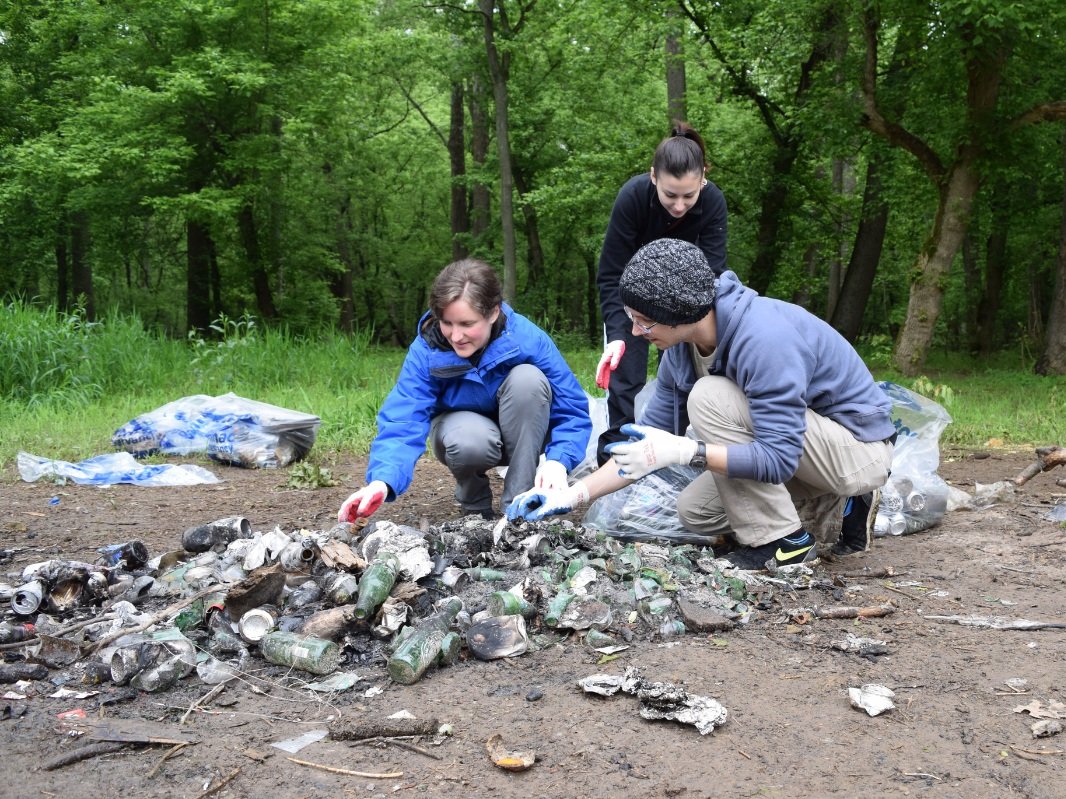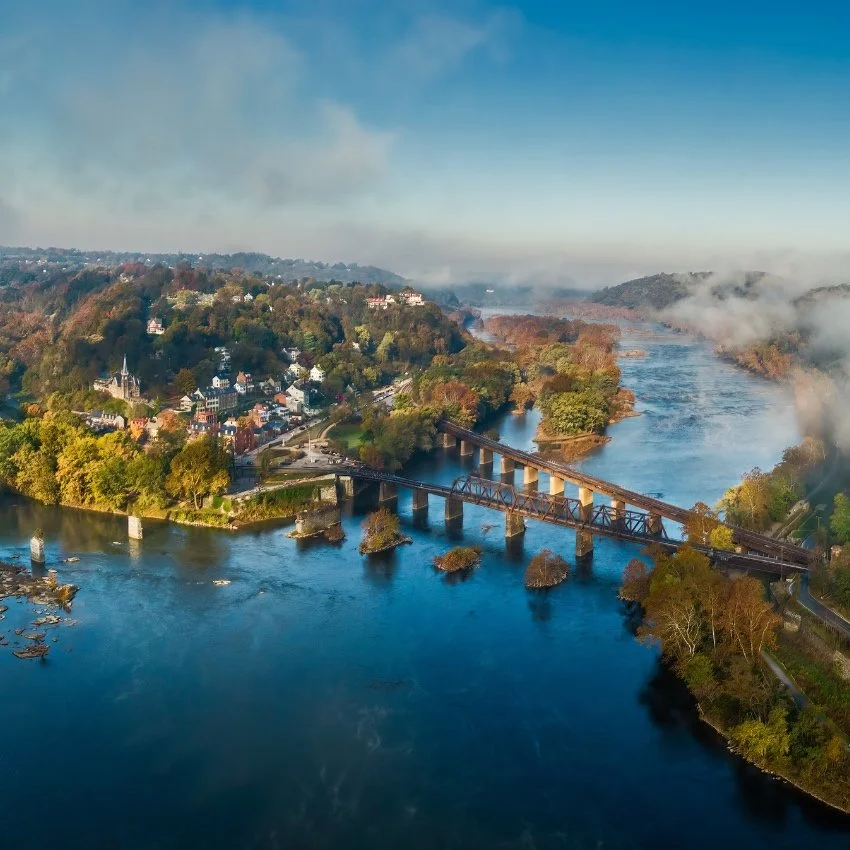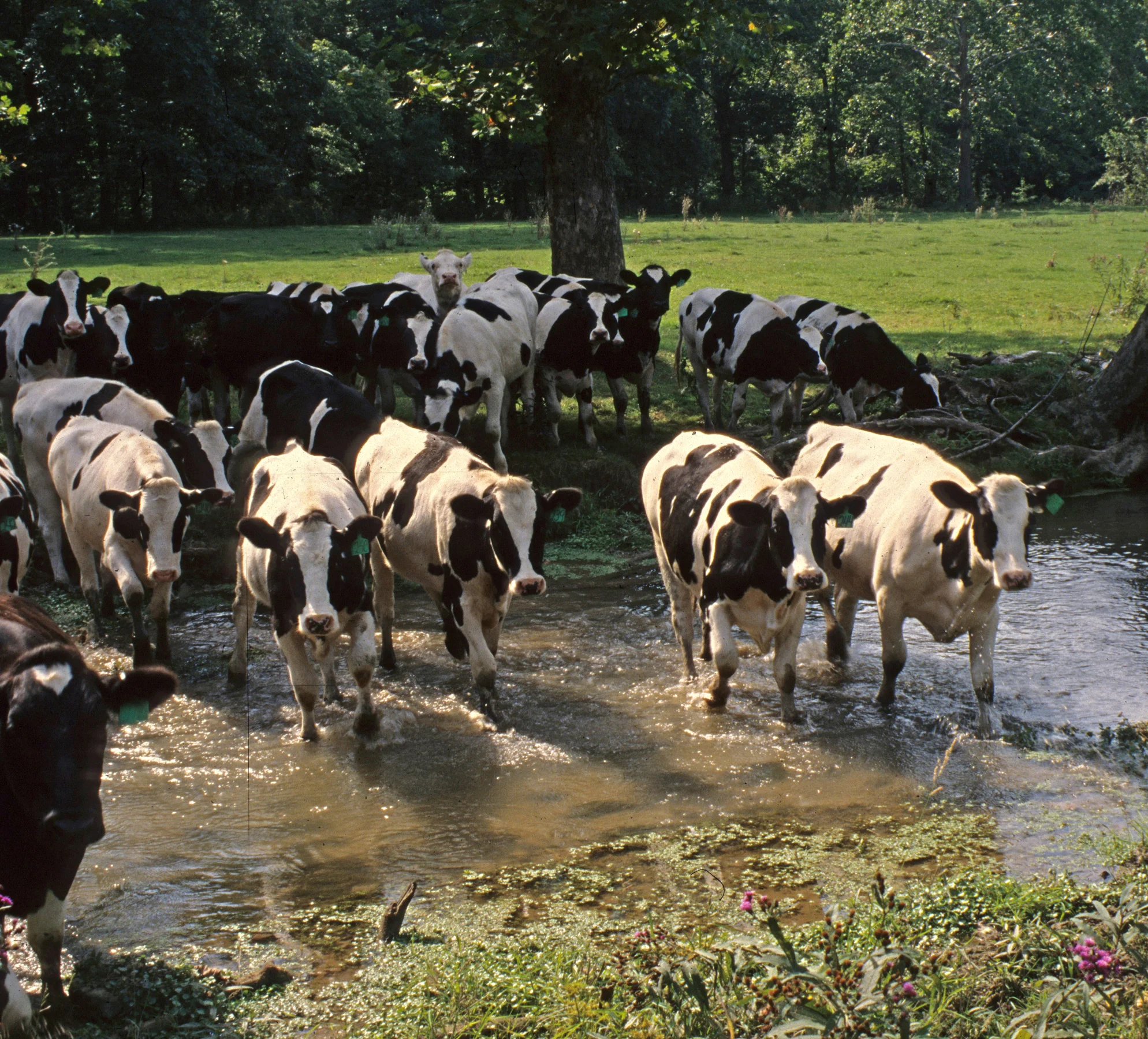Microplastics are not a small issue when it comes to the Potomac River
/Pollution stands in the way of clean waters, healthy wildlife, and thriving communities
Photo credit: CC BY 2.0 DEED TimothyJ
There’s been tremendous progress in cleaning up the Potomac River. We now see birds, fish, and other wildlife thriving along the river. And, crowds of people are flocking to the Potomac’s shorelines like never before.
We’re on the right path to a swimmable and fishable river for everyone, but we’re not there yet.
Pollution remains a pesky problem. While industrial and agricultural pollution is declining, polluted runoff from urban areas on the rise. In fact, polluted urban runoff is the only growing source of pollution in the Potomac River.
When we experience storms, excess rain flows off streets and rooftops and into our streams. This runoff carries harmful sediment, fertilizers, car oils, and litter directly into our local waterways. Plastic trash can then break down into microplastics, tiny plastic pieces that measure less than five millimeters across.
How does something so small cause a big issue?
The waste we leave behind often finds its way into the river. The toxins from various products then bleed into the water, harming water quality and wildlife.
Some of the common types of plastic waste found on the shorelines are straws, water bottles and caps, and plastic bags.
While there are trash bins in areas around the Potomac River, if someone doesn’t see one close enough, they might leave it behind. A study by Allegheny Front showed people do care about litter, but the hassle of bringing their trash back with them is not convenient. Individuals can also dispose of or leave trash because they don’t feel a deep connection to an area. However, most people don’t like to see trash around their property or neighborhood.
Trash Free Maryland recently found those living in litter-filled communities were disappointed and wished it was cleaner. Those same people, though, can hesitate to remove trash because of concerns about disease and contamination.
What can be done?
In Potomac Conservancy’s latest Potomac River Report Card, we graded our hometown river’s health a “B” based on over 20 ecosystem indicators. This is a drastic improvement from when the Potomac scored an abysmal “D” back in 2011.
While conservation efforts are making a big difference, the Potomac River is still not yet safe for swimming for fish consumption due to unsafe pollution levels. Washington, DC has banned local swimming and locals are advised against eating fish in area waters. Ubiquitous trash and plastic litter do not help with public confidence either.
One fun way we can all do our part is to get into “plogging” - picking up trash while we’re out for a walk, bike ride, or jog. t originally gained popularity in Sweden in 2016 as “plogga,” which translates into “to pick up.” Simply grab a small bag next time you head out, pick up any small trash you see, and drop it off at a nearby trash can. This simple act will inspire others to do the same too! Every little bit helps in making our waterways cleaner and our wildlife healthier.
Another way to combat local litter is to join a community cleanup.
For over 30 years, Potomac Conservancy has been fighting to revive our “Nation’s River.” You can help us improve its health by joining a cleanup. Each year, hundreds of volunteers across the DMV connect with their local lands and waters by participating in our hands-on stewardship activities.
Our volunteer cleanups restore shorelines, raise awareness, and inspire residents to make a difference. Volunteers of all ages are welcome: friends, family, co-workers, or neighbors!
Check out our events page to find an upcoming event near you or sign up for our emails and we’ll keep you posted.

















